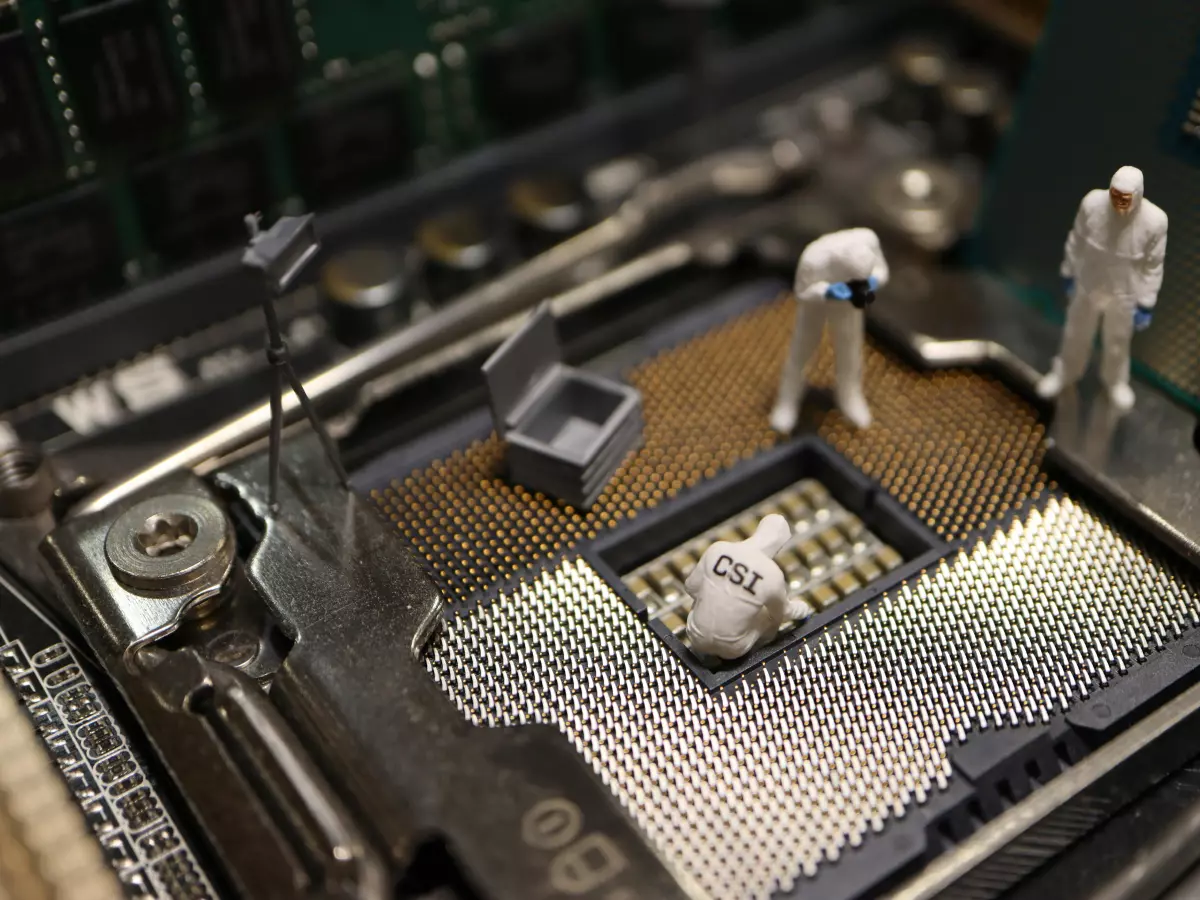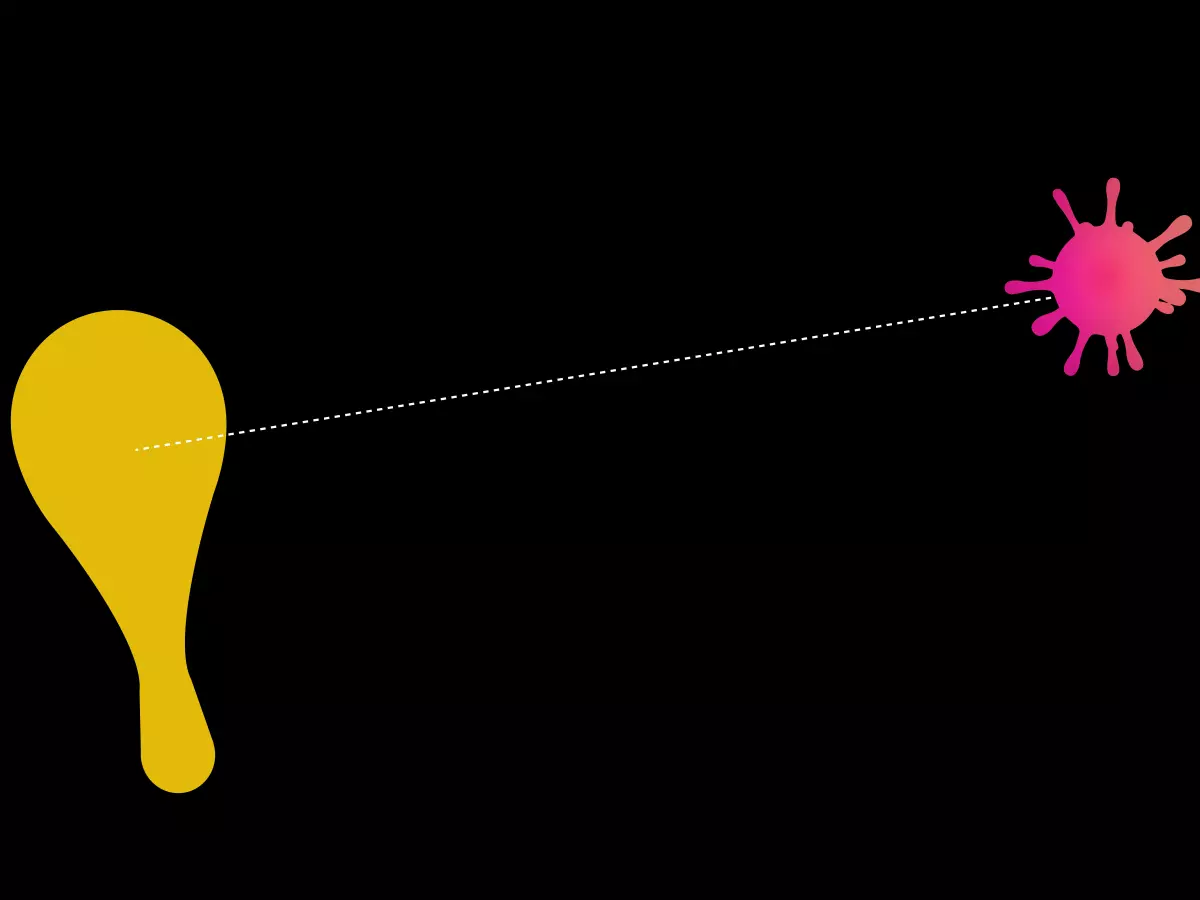Under Siege
Imagine waking up to find your computer has been compromised overnight. Your personal data, financial information, and even your work files are in the hands of cybercriminals. Scary, right? Well, this nightmare scenario is currently unfolding for thousands of users around the world, as a massive cyberattack is targeting both Windows and macOS systems.
By Nina Schmidt
According to 01net, a global cyberattack is sweeping across the internet, affecting both Windows and macOS users. This isn't your run-of-the-mill phishing scam or a simple malware infection. We're talking about a sophisticated, multi-layered attack that has already compromised thousands of devices and caused millions of dollars in losses. The attackers are using a variety of malware strains to steal sensitive data from unsuspecting users. And here's the kicker: it doesn't matter if you're a Windows or macOS user—both platforms are equally at risk.
So, the question on everyone's mind is: which operating system is more vulnerable? And more importantly, how can you protect yourself from becoming the next victim?
Windows: The Usual Suspect
Let's be real—Windows has long been the favorite target of cybercriminals. With over 70% of the global desktop market share, it's no surprise that hackers tend to focus their efforts on this platform. The sheer number of Windows users makes it a juicy target for anyone looking to cause widespread havoc. Plus, Windows has a bit of a reputation for being more vulnerable to malware and viruses, largely due to its open architecture and the fact that many users don't keep their systems updated.
In this latest attack, Windows users are being hit hard. The malware being used is designed to exploit specific vulnerabilities in the Windows operating system, allowing hackers to gain access to sensitive data like passwords, banking information, and even personal photos. And once they're in, it's game over. The malware can spread quickly, infecting other devices on the same network and causing even more damage.
But here's the thing: Windows isn't inherently less secure than macOS. The problem often lies with the users themselves. Many people don't take the necessary precautions to protect their systems, such as installing updates, using strong passwords, or employing antivirus software. And in the world of cybersecurity, complacency is the enemy.
macOS: Not as Safe as You Think
For years, macOS users have enjoyed a sense of security, believing that their operating system was immune to the kinds of attacks that plague Windows users. But that sense of invincibility is quickly fading. In recent years, macOS has become an increasingly popular target for cybercriminals, and this latest attack proves that no one is safe.
While macOS is generally considered to be more secure than Windows, it's not invulnerable. In fact, the malware being used in this global cyberattack is specifically designed to exploit weaknesses in both operating systems. So, while macOS users may not be hit as hard as their Windows counterparts, they're still very much at risk.
One of the reasons macOS has been targeted less frequently in the past is simply because there are fewer users. But as Apple's market share continues to grow, so too does the interest of cybercriminals. And let's not forget that macOS users can be just as complacent as Windows users when it comes to security. Many people still believe that they don't need antivirus software or regular system updates, which makes them easy targets for hackers.
So, Which OS is More Vulnerable?
The truth is, both Windows and macOS have their vulnerabilities. Windows may be targeted more frequently due to its larger user base, but macOS is far from immune. In this particular cyberattack, both operating systems are being exploited, and the outcome largely depends on how well users have secured their devices.
If you're a Windows user, you should be especially vigilant. Make sure your system is up to date, use strong passwords, and consider investing in a reputable antivirus program. And for the love of all things digital, stop clicking on suspicious links!
macOS users, you're not off the hook either. Just because your operating system is considered more secure doesn't mean you're invincible. Install those updates, use antivirus software, and be cautious about the websites you visit and the emails you open.
How to Protect Yourself
Whether you're a Windows or macOS user, there are several steps you can take to protect yourself from this and future cyberattacks:
- Keep your system updated: Both Windows and macOS regularly release security patches to fix vulnerabilities. Make sure you're installing them as soon as they're available.
- Use strong, unique passwords: Password managers can help you generate and store complex passwords, making it harder for hackers to gain access to your accounts.
- Enable two-factor authentication (2FA): This adds an extra layer of security to your accounts, requiring you to verify your identity before logging in.
- Install antivirus software: Yes, even macOS users should consider this. Antivirus programs can detect and remove malware before it has a chance to do any damage.
- Be cautious online: Avoid clicking on suspicious links, downloading unknown files, or opening attachments from unfamiliar senders.
At the end of the day, the best defense against cyberattacks is vigilance. Whether you're using Windows or macOS, it's up to you to take the necessary precautions to protect your data. Because in the world of cybersecurity, the only thing worse than being a target is being an easy one.





